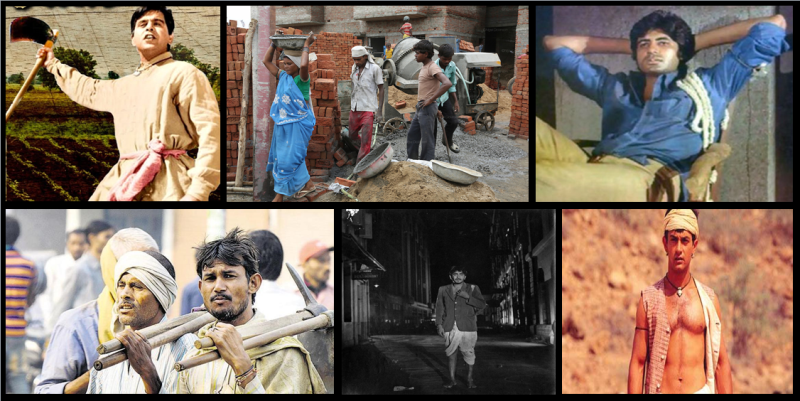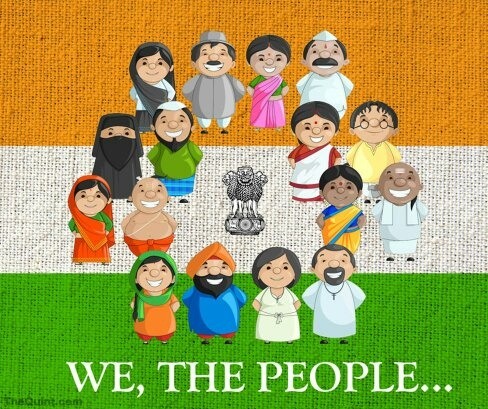The significant occasion of May Day presents a series of issues related to the plight of workers in the international landscape, the socio-economic policies at the national and international levels and the enhancement in liberalisation dominion that marginalises wooers tremendously. The last phase of the 20th century marked a unique moment where there was the freedom struggle led by Gandhi and simultaneously the communist movement was making its impact in the nation.
It was during this period that on May 1, 1923, that Malayapuram Singaravelu Chettiar, the important Communist leader hoisted the communist red flag in Chennai. This was the first time in that the flag was raised in the nation. The flag became the symbol of Communism in India. The country was introduced to the significance of May Day.
May Day which is celebrated on May 1 has important significance.
The date stands for the voice of a great labour movement across the world that was eager to empower the working class and end the hegemony of the dominant class. It was chosen as the date for celebrating International Workers’ Day in 1886.
The date carried a special significance as it marked the Haymarket Affair in Chicago- a labour led demonstration in response to police inflicted brutality on workers. May Day is celebrated across the world and particularly in countries such as China, North Korea, Cuba and the communist nations of erstwhile Soviet Union
It is a significant occasion for commemorating the hardships and struggle of the workers of the globe who generally work under difficult circumstances, have little or no political representation or assertion on decision making of the state and because of aspects like poverty, less wages and awareness suffer under neo-liberal, market led politico-economic establishments.
In a nation like India we see that labourers, farmers, tribal and other marginalised components of the demography are denied access to basic resources like education, healthcare and housing. Each year thousands of farmers succumb at the inability to repay loans, hundreds of migrant labourers experience exploitation in the absence of stringent policies, children and women workers are condemned to work under hazardous environments and the pathology of the class is great.
May Day is a significant day as it makes us sensitive to the plight of a significant section of the population who labour, who give their blood and sweat to their work and still are unable to live a dignified existence. Art, cinema and music have tried to represent the anxiety and dilemmas of the working class but society and nation states have remained indifferent to their needs. Can the culture, politics and economy survive without the labourer/worker? Why is the worker/labourer the least important for the nation-state?














